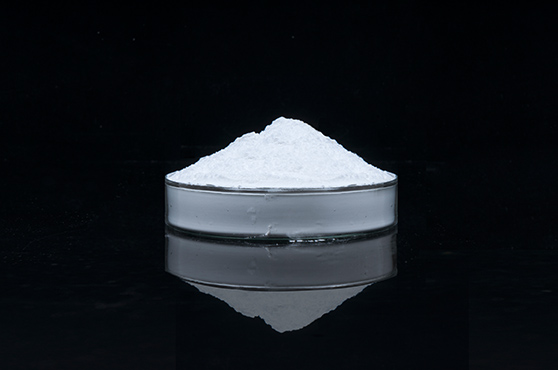Thermoplastics are plastics that are plastic at temperature, solidify after cooling and can repeat this process. However, extrusion, injection or blow molding can be used, and they usually have good edges and poor thermal conductivity. Boron Nitride
Electronic and electrical equipment continue to produce more and more energy in smaller and smaller volumes, which makes traditional metal heat dissipation methods encounter challenges, and the preparation of small and complex shaped components is costly and inefficient. And plastic has the solution brought by its easy characteristics, and compared with non-metallic materials such as metal or ceramics, plastic has a smaller specific gravity, which can make the components lighter, which is useful for the transportation of materials and even the reduction of energy consumption in use. Significance. Although plastic has many advantages, it cannot be ignored that its thermal conductivity is poor. In industry, in order to make plastic meet the heat dissipation requirements of electronic and electrical equipment, the thermal conductivity of the plastic is usually increased by adding thermally conductive fillers to the application. Demand. In general, compared to metals and ceramics, such as non-material thermal conductive plastics, it has the characteristics of lower cost, high degree of automation in the preparation process, and shorter molding cycle.

In many applications, thermoplastic parts can replace metals, ceramics and other materials. The characteristics of "thermal conductivity" + "electrical edge" + "easy to shape" (in addition, the color control ability of plastics is beyond the reach of metals and ceramics), so that the use of thermally conductive plastics can be expanded to a great extent. It can replace the components of hybrid composite materials, and the thermal conductive edge plastic opens the door to the era of coke materials-new thermal management applications.
In these occasions, thermoplastic compounds have the required thermal conductivity to meet the needs of these applications. Common typical applications include: mold-type radiators on circuit boards, pipes for equipment heat exchangers, edge parts of high-speed rotating mechanical components, and LED bulbs. The heat dissipation shell, the components of telecommunications equipment, the parts/shells in the automobile hood, and the electronic component unit.
In the past, for certain properties of plastics or to reduce the cost of preparing plastics, minerals or glass fillers such as barite, calcium carbonate, and kaolin were often added. However, these fillers are not suitable for plastic products with higher thermal conductivity requirements due to their poor ability. In addition, metal, carbon and graphite fillers are not suitable for applications requiring electrical properties. Combining various requirements, ceramic fillers It has become a standard choice. Common ceramic fillers for thermal conductive edges include hBN (hexagonal boron nitride), AIN, Si3N4, SiC, Al2O3, and ZnO. The hBN density and friction coefficient are also low. In addition to the good thermal conductivity of thermally conductive fillers, the impact of its addition on the process of thermoplastics is also an important component that we cannot ignore. The following are the advantages of hexagonal boron nitride.
1. hBN is known as white graphite because of its flake shape similar to graphite. hBN is smooth and frictionless, which can greatly reduce the abrasion of injection molding and extrusion equipment and effectively reduce the service life of the equipment.
2. hBN is white, which is especially useful when a clean white appearance is clearly required, such as food and medical polymers.
3. Among many ceramic fillers, hBN density and low density help to reduce the weight of components to a certain extent, and can realize the manufacture of lightweight plastic compounds.
Of course, in addition to the above points, the addition of hBN can also make the plastic have a low thermal expansion coefficient, make the size of the plastic component more stable, and help meet the needs of demanding applications. At the same time, for composite materials, the compatibility between different components is also an important assessment condition. After proper surface treatment, hBN can be compatible with a variety of resin systems to obtain better performance and more stable performance. Plastic products.

Telephone: 15940764666
Landline: 0417-3902111
Website: www.yklbhg.com
Address: No. 517, Xiangyang Chemical Industry Park, Laobian District, Yingkou City, Liaoning Province
Landline: 0417-3902444
Fax: 0417-3902118
Mail box: 758007001@qq.com
Address: No. 517, Xiangyang Chemical Industry Park, Laobian District, Yingkou City, Liaoning Province
